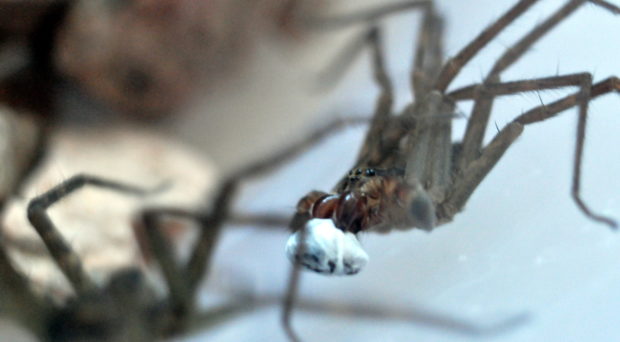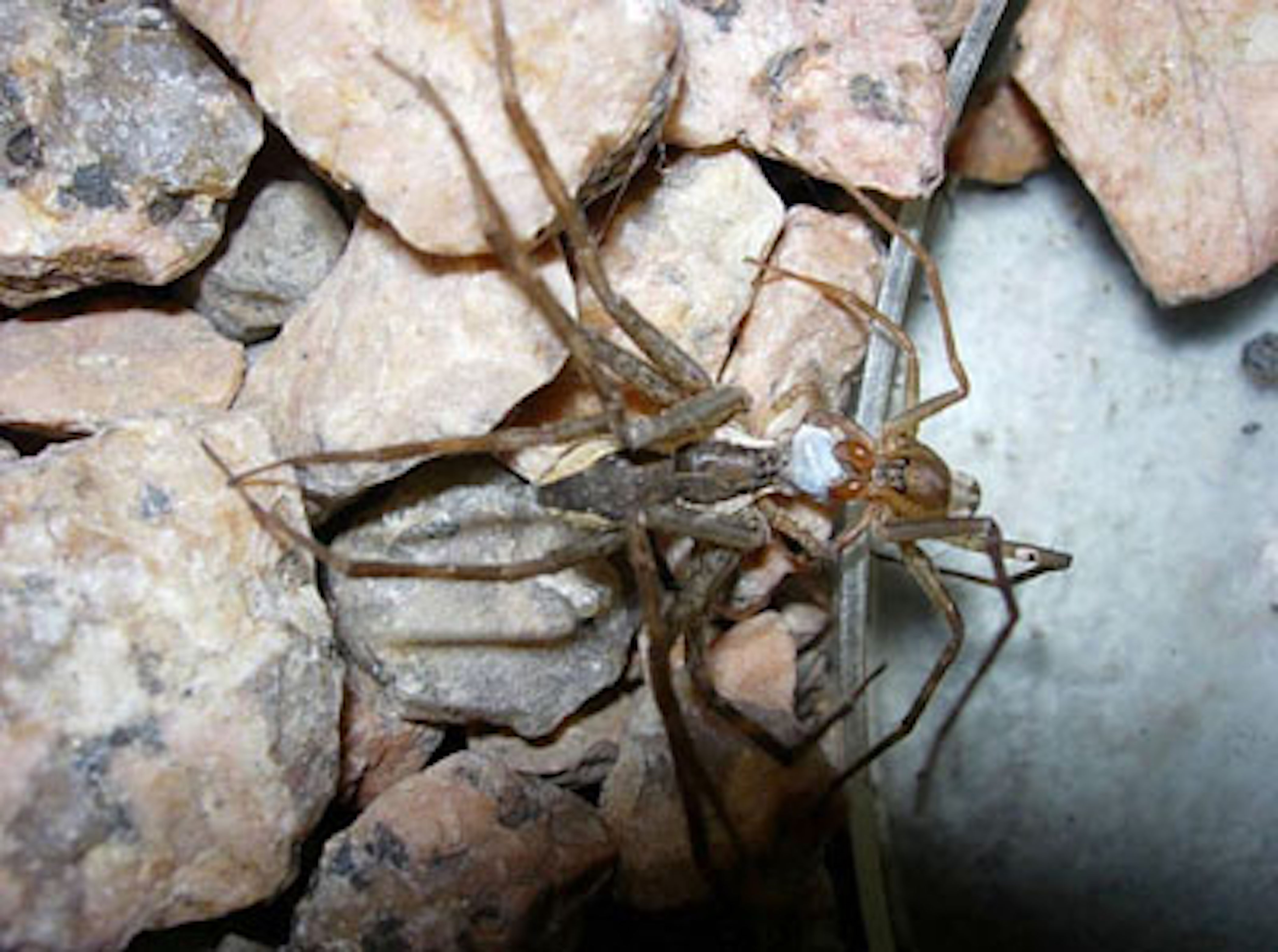
Females from nuptial gift-giving species usually obtain direct benefits in the form of food gifts by mating multiple times. This adaptive foraging strategy allows them to gather important resources to improve their survival and the number and/or success of their offspring. In such mating systems, females prefer males offering nutritious gifts and, therefore, males invest in such gifts as these confer access to more partners during the reproductive period.
However, sometimes males are not able to provide the gifts that females prefer, for instance if they have limited food available or low body condition. In such situations, males may decide to maximize their success by reducing the nuptial gifts cost, even if this is against females’ interest. Such is the case in spider species in which males´ gift-giving behaviour evolved into offering non-nutritious items, also known as worthless gifts.
Deception by offering worthless gifts has been described in the Palaearctic spider Pisaura mirabilis, in which there is an occurrence of 38% in nature. As most of the gifts are nutritious, females follow the theoretical prediction and they mate with multiple males to increase their fecundity, especially when they are hungry. Indeed, females penalize males offering worthless gifts by reducing mating duration and the amount of sperm transferred, reducing the number of offspring produced with such males.
But, what happens in mating systems where male deception via worthless gifts is the rule? That is the unique case of the Neotropical gift-giving spider Paratrechalea ornata (Trechaleidae). This species is exceptional for studying sexual selection in relation to gift content, because 70% of nuptial gifts are worthless. In this species, females do not discriminate gift content before or during mating, and males offering worthless gifts are able to mate as successfully as males with nutritious gifts (similar frequencies of acceptances and similar mating durations).

We predicted that in this scenario of high frequency of worthless gifts there should be little or no influence of hunger state on female receptivity. Following this prediction, we set up a laboratory experiment where we exposed well and poorly fed females to multiple matings with males offering nutritious or worthless gifts. This resulted in three experimental groups: well-fed females exposed to males offering nutritious gifts, well-fed females exposed to males offering worthless gifts and poorly fed females which could feed only from nutritious gifts offered by males.
We found that all female groups had similar mating rates irrespective of feeding condition, and even poorly fed females did not significantly increase the number of matings with males offering nutritious gifts. Thus, as predicted, polyandry (i.e. a female mating with multiple males) doesn’t seem to be an adaptive foraging strategy in the Neotropical spider.
How mating behaviour has changed over evolutionary time in this species is still unknown, but one possibility is that female receptivity may have changed due to evolution of male deception. Because seven out of ten males offer worthless gifts, females avoid mating as a foraging strategy. We propose that female receptivity depends on hunger in mating systems with mostly nutritious gifts but not in mating systems with a majority of worthless gifts.
Gift-giving spider mating systems are good models for studying how ecological conditions in interaction with sexual selection are shaping individual reproductive success. We know that male deception is correlated with prey availability and male body condition, and therefore linked to environmental variations. So, we are currently developing comparative studies considering different levels of male deception and ecological variations among species and populations. This will allow us to infer more general ideas on whether male deception may influence female receptivity and mating rate in gift-giving species.
Comments